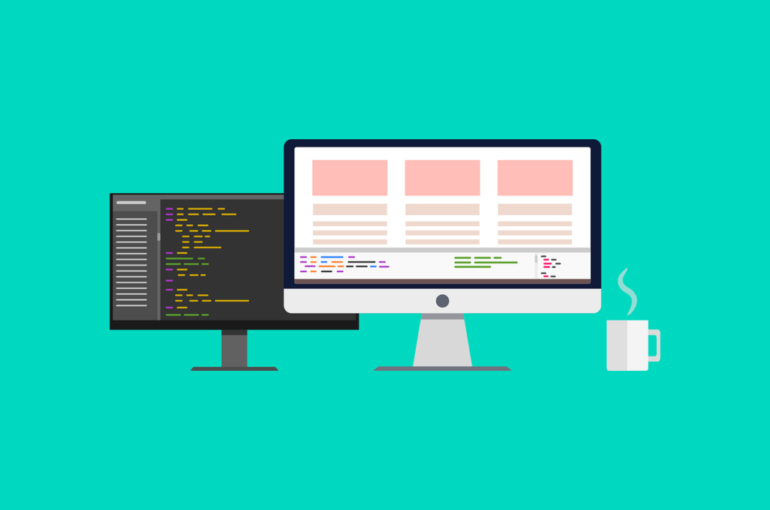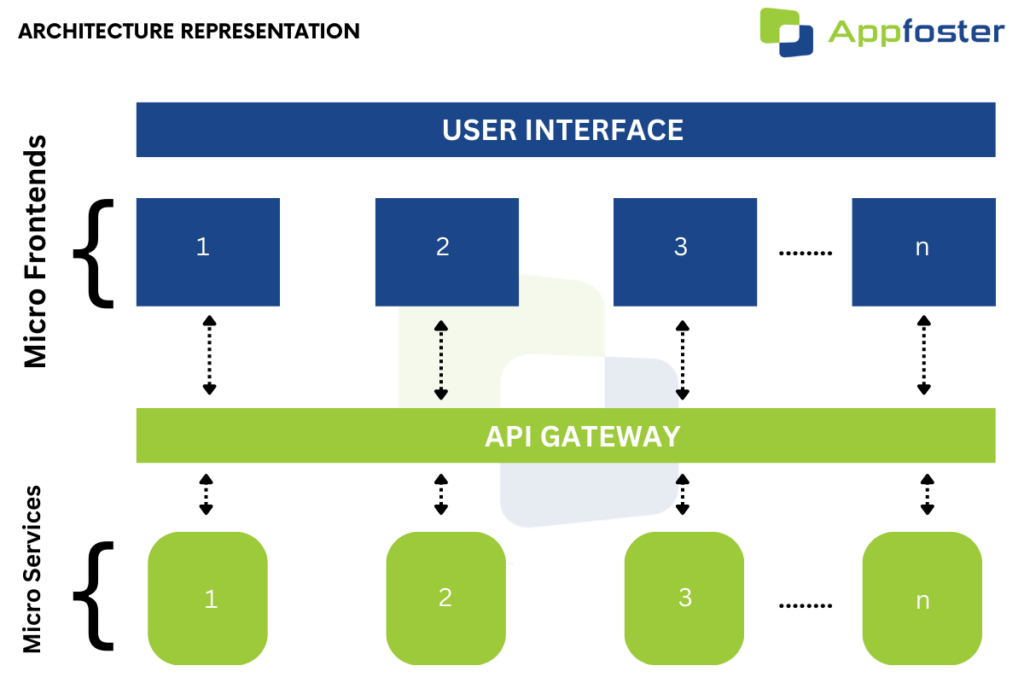Everything You need to know about Micro Frontends

Web development is evolving at a lightning pace, and the need for scalable and easy-to-manage applications keeps growing. That’s where micro frontends come in! They’re a total game-changer, allowing you to break down those big, clunky front-end applications into smaller, independent pieces that can be deployed and scaled separately. Sounds pretty cool, right?
In this blog post, we’re going to delve into the world of micro frontends. We’ll explore what they are, why they’re so awesome, and how we can implement them. Of course, we won’t ignore the challenges they bring along, but we’ll also cover the best practices to tackle them head-on.
By the time you’re done reading, you’ll be ready to take your web development to a whole new level. Let’s begin!
What are Micro Frontends?
Micro frontends are like microservices, but for the frontend. They break down a monolithic frontend application into smaller, self-contained components, each responsible for a specific feature or functionality. This makes it easier for teams to work independently and deploy changes more quickly.
For example, one team might be responsible for the search box, while another might code suggestions based on users’ tastes. This way, no single team has to own the entire UI, which can lead to faster development and more flexibility.
Benefits
There are several benefits of implementing Micro frontends which include-
Independent development and deployment
Micro frontends allow different teams to work on different parts of the application independently, which can speed up development and reduce dependencies. This is because each team can focus on its own micro frontend and deploy it independently.
Enhanced scalability and maintainability
Each micro frontend can be scaled individually, which means that you can scale the parts of your application that need it most. This can help you to optimize resource utilization and improve performance. Micro frontends are also easier to maintain because changes can be made to a specific micro frontend without impacting the entire application.
Technology flexibility and polyglot architecture
Micro frontends allow you to use the best technology stack for each micro frontend. This can give you more flexibility and allow you to accommodate different tech expertise within your team.
Improved team collaboration and autonomy
Micro frontends can help to improve team collaboration and autonomy. This is because each team is responsible for its own micro frontend, which gives them a sense of ownership and encourages them to collaborate with other teams.

Tools and Frameworks
Here are some examples of tools and frameworks that you can use:
Single-Spa is a popular framework that helps you orchestrate multiple front-end frameworks within an application. It’s easy to use and can help you avoid a lot of the complexity that comes with building micro frontends.
Webpack Module Federation is a newer framework that lets you share modules between micro frontends. This can be helpful if you want to reuse code or components across different micro frontends.
Iframes and Web Components are two web standards that can help you encapsulate and isolate micro frontends. This can be helpful if you want to keep different micro frontends separate from each other.
Custom solutions can also be developed by leveraging existing frameworks or building from scratch. This is a good option if you need a specific feature or functionality that isn’t available in any of the existing frameworks.
Real-World Use Cases
Micro frontends have found successful applications in various domains like-
E-commerce platforms and multi-tenant architecture
Micro frontends allow each tenant to have their own custom experience, without affecting the other tenants. This makes it easy to scale and maintain e-commerce platforms.
Enterprise applications and modular workflows
Micro frontends can be used to break down complex applications into smaller, more manageable modules. This makes it easier for different teams to work on the same application, and it also makes it easier to add new features.
Content management systems and flexible content delivery
Micro frontends can be used to deliver content dynamically, based on the user’s needs. This makes it possible to customize the content for different audiences, without having to change the underlying code.
Dashboard and analytics applications
Micro frontends can be used to create dashboard components that are independent of each other. This makes it easy to add new features to dashboards, and it also makes it easier to maintain dashboards.
Legacy application modernization
Micro frontends can be used to gradually modernize legacy applications. This can be done by replacing parts of the application with micro frontends, without having to rewrite the entire application.
Challenges and Considerations
Implementing micro frontends comes with challenges that require careful consideration:
Team skill sets and knowledge sharing
Micro frontends require teams to have different skill sets and be able to share knowledge effectively. This can be challenging, especially if the teams are not used to working together.
Consistency in user experience
Micro frontends need to have a consistent user experience across different components. This requires careful alignment of design patterns, styles, and interactions.
Compatibility and versioning
Micro frontends need to be compatible with each other and be able to work together. This can be challenging, especially if the micro frontends are developed by different teams or use different frameworks.
Security and isolation
Micro frontends need to be secure and isolated from each other. This requires robust security measures to protect against cross-site scripting attacks and data breaches.
Best Practices and Tips
To maximize the benefits of micro frontends, consider the following best practices:
Identify appropriate boundaries
Break your app down into logical chunks that can be decoupled into separate micro frontends. This will make it easier to develop, test, and deploy each micro frontend independently.
Define clear contracts
Each micro frontend should have a clear contract that defines how it interacts with other micro frontends. This will help ensure that they can work together seamlessly.
Establish consistent styling
Use shared design patterns and styles to create a consistent user experience across all of your micro frontends. This will make your app look and feel more polished.
Automate testing
Use automated testing to ensure that your micro frontends are working properly before you deploy them. This will help you catch bugs early and avoid costly problems down the road.
Monitor performance
Keep an eye on the performance of your micro frontends to make sure they’re not causing any bottlenecks. If you see any problems, you can quickly identify and fix them.
Final Thoughts
Micro frontends are a new way of building front-end applications. They’re more scalable, independent, and maintainable than traditional monolithic front-ends.
With micro frontends, you can break your application down into smaller, self-contained components. This makes it easier to develop and maintain your application, and it also makes it easier to scale your application as your business grows.
Micro frontends also make it easier for teams to collaborate on the same application. Each team can work on their own component, and they don’t have to worry about the other teams’ code. This can lead to faster development times and better-quality applications.
Overall, micro frontends are a great way to build scalable, maintainable, and collaborative front-end applications. If you’re looking for a way to future-proof your web development projects, micro frontends are a great option. Contact us Today!


